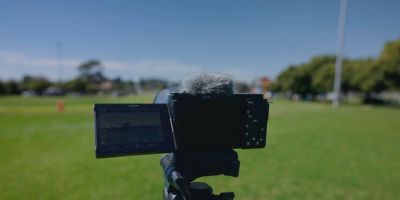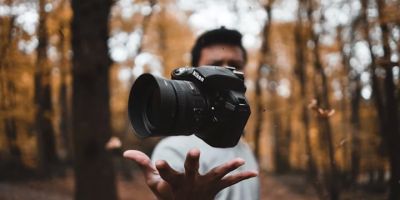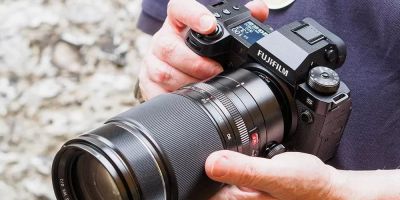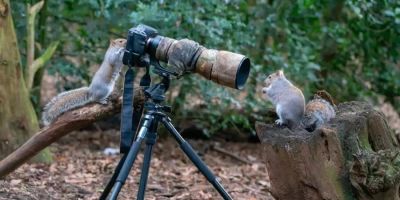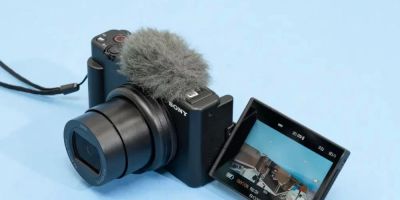- 1-Best-photography-books-for-learning-composition
- 2-Why-composition-matters-in-photography
- 3-Top-books-for-mastering-composition
- 4-How-to-apply-lessons-from-books
- 5-Real-life-impact-of-learning-composition
- 6-How-Photo-Studio-can-help-your-learning-journey
1. Best Photography Books for Learning Composition
For photographers aiming to elevate their work, mastering composition is fundamental. The best photography books for learning composition provide a rich blend of theory, practical tips, and inspiring examples to help you see and capture the world more artistically. These books cover key principles such as the rule of thirds, leading lines, framing, and balance, guiding readers to create compelling images.
Whether you are a beginner or looking to refine your style, selecting the right books can accelerate your understanding and creativity in photography composition.
2. Why Composition Matters in Photography
Composition is the backbone of impactful photography. It determines how elements within the frame interact and how the viewer’s eye travels across the image. Good composition enhances storytelling and emotional connection, turning ordinary scenes into powerful photographs.
Ignoring composition can result in cluttered or unbalanced images, no matter how technically perfect they are. Understanding composition principles enables photographers to control visual flow and highlight their subject’s essence effectively.
3. Top Books for Mastering Composition
Several highly regarded books stand out for teaching composition:
3.1 “The Photographer’s Eye” by Michael Freeman
This classic offers detailed explanations of composition concepts supported by vivid photo examples, making complex ideas accessible and actionable.
3.2 “Understanding Composition” by Steve Mulligan
Focused on practical exercises, this book helps photographers develop an intuitive sense for framing and balance.
3.3 “The Art of Photography” by Bruce Barnbaum
Barnbaum blends philosophy with technique, inspiring readers to think deeply about composition beyond rules.
4. How to Apply Lessons from Books
Reading alone isn’t enough; application brings learning to life.
4.1 Practice Regularly
Use the concepts and exercises from these books during your shoots to internalize composition principles.
4.2 Analyze Your Work
Review your photos critically, comparing them with examples from the books to identify strengths and areas for improvement.
4.3 Seek Feedback
Sharing your work with peers or mentors can provide valuable perspectives and accelerate growth.
5. Real-Life Impact of Learning Composition
Anna, an amateur photographer, struggled with bland images until she studied composition books recommended by a mentor. After applying these lessons, her portfolio gained depth and storytelling power, attracting client interest and commissions.
Similarly, John, a hobbyist, used “The Photographer’s Eye” to refine his landscape shots, achieving a professional look that boosted his confidence and social media following.
6. How Photo Studio Can Help Your Learning Journey
For those looking to deepen their photography skills, Photo Studio offers resources, workshops, and expert advice tailored to composition mastery. Whether you seek personalized coaching or quality photography gear, Photo Studio connects you with what you need to grow.
Explore Photo Studio for curated recommendations on the best photography books for learning composition and elevate your craft with trusted support.

